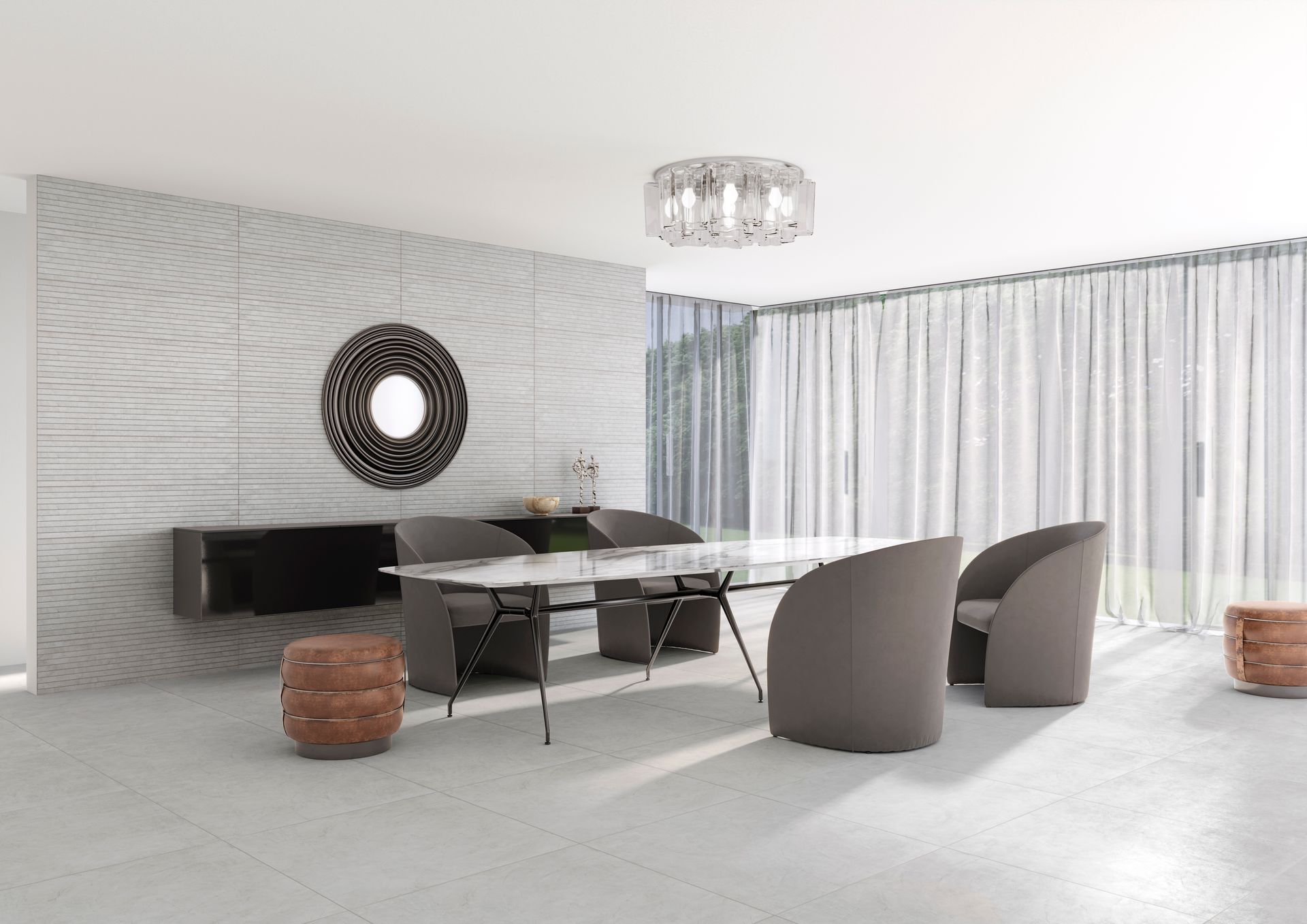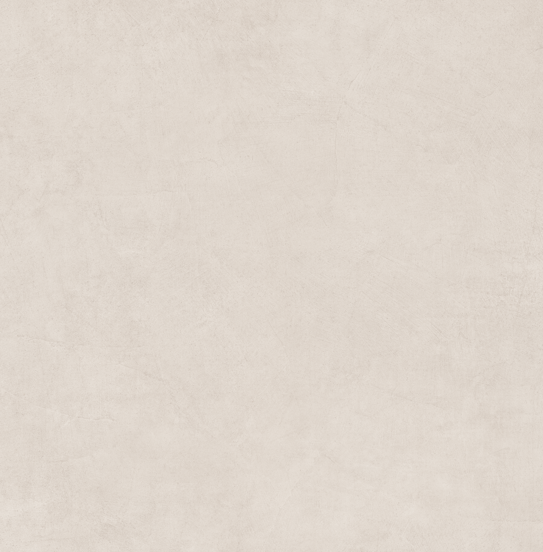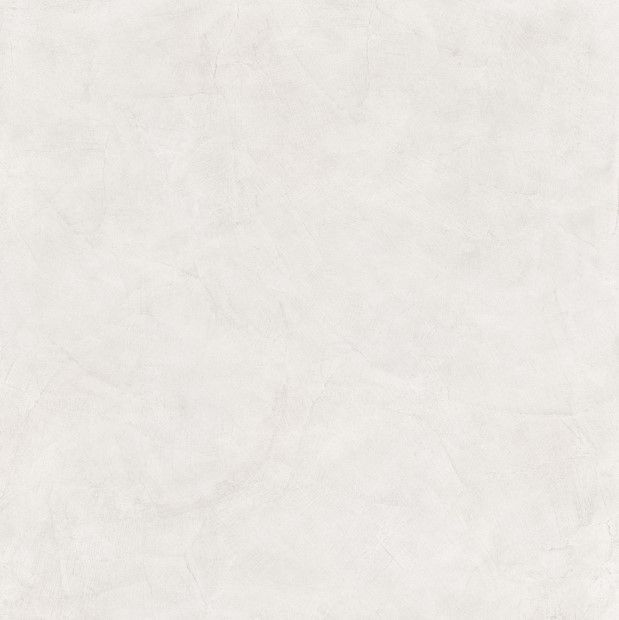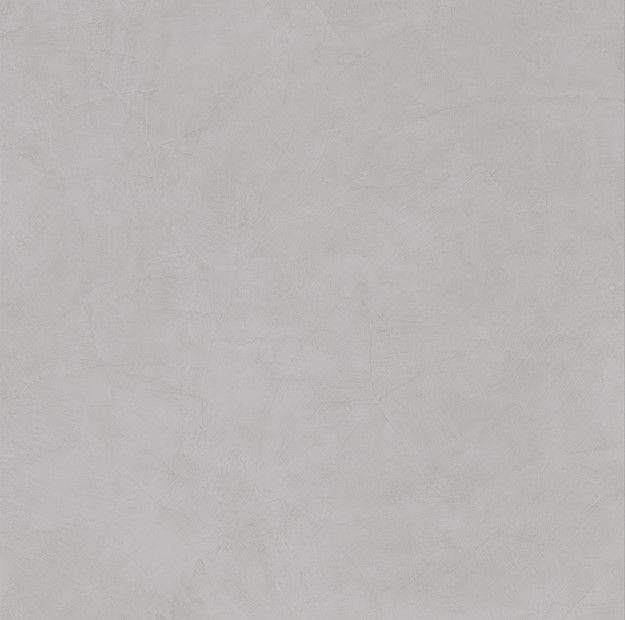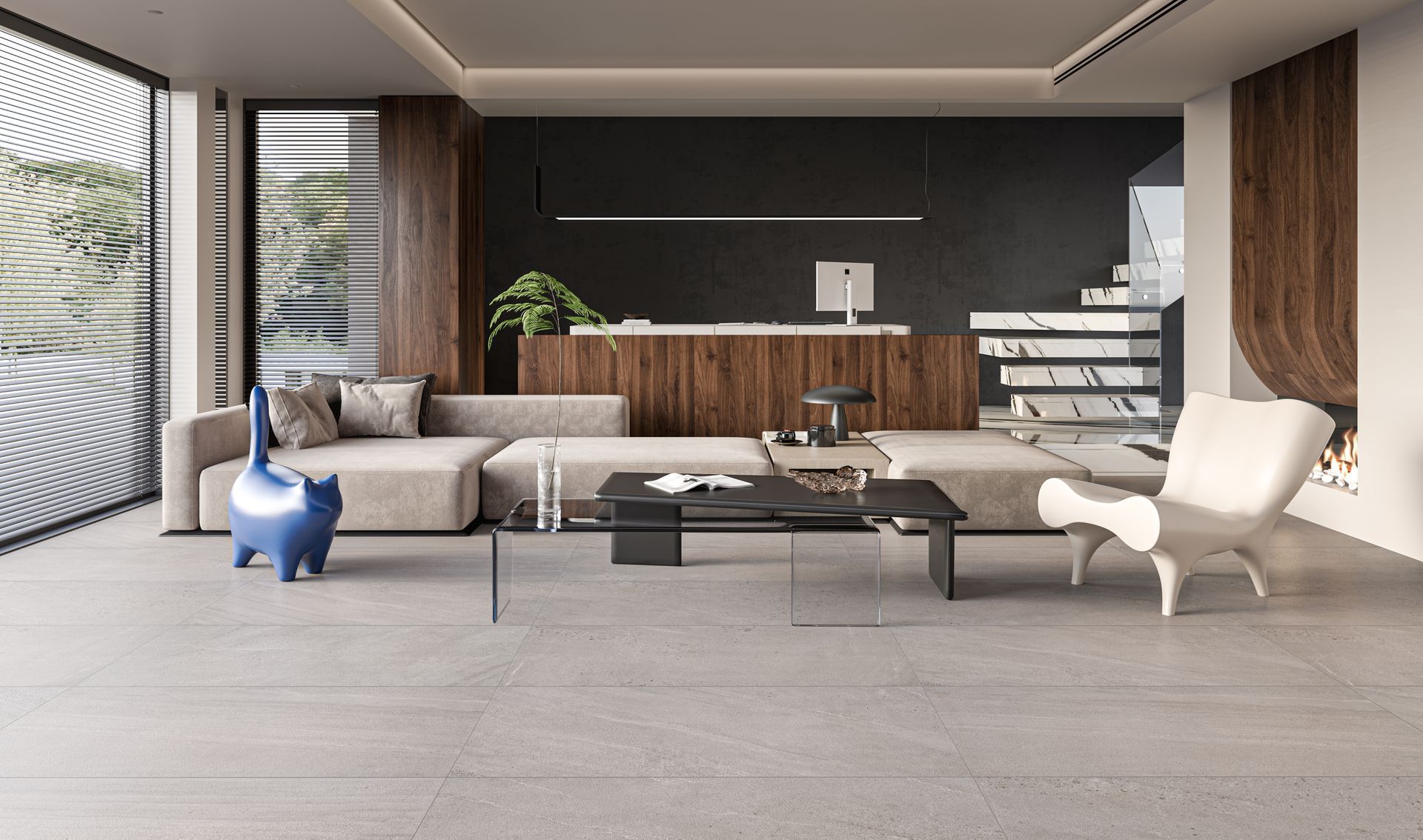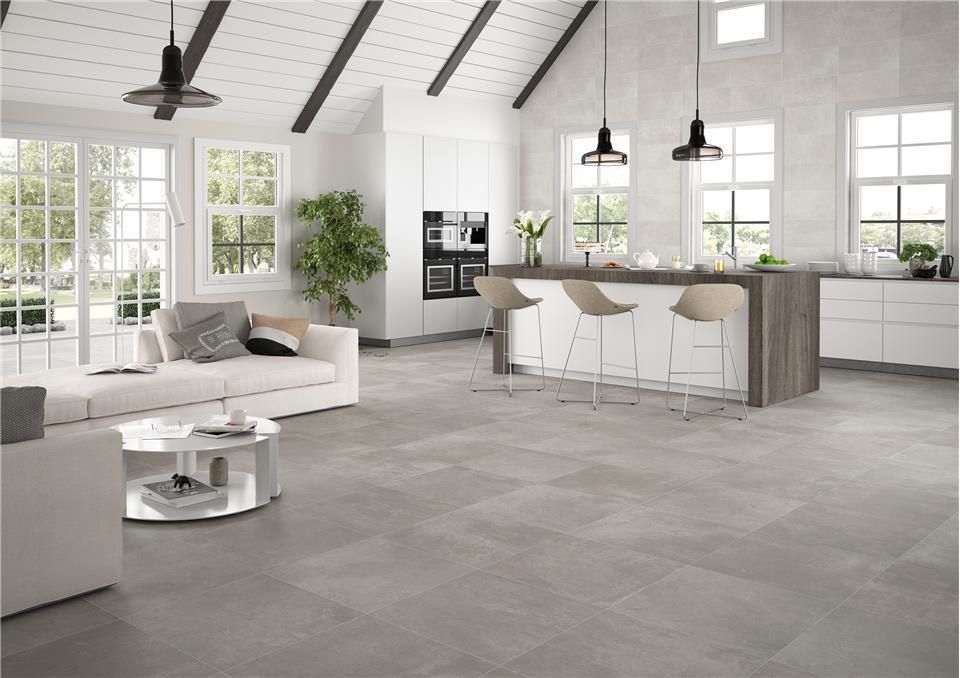RESINA
$7.95 s.f. 24 x 24'' - 60 x 60cm
$8.95 s.f. 36 x 36'' - 90 x 90cm et 24 x 48'' - 61 x 120cm
Sizes available : 24 x 24'' - 60 x 60cm, 36 x 36'' - 90 x 90cm
et 24 x 48'' - 61 x 120cm
Thickness 24 x 24'' - 60 x 60cm : 3/8" - 9mm
Thickness 36 x 36'' - 90 x 90cm and 24 x 48'' - 61 x 120cm : 3/8" - 9.5mm
Shade (V) : V2
PEI : 5
Use : Wall and floor
Type : Porcelain stoneware
Finish : Satin (mat)
Product Code
RESI BI 61 : Bianco
RESI CE 61 : Cenere
RESI GR 61 : Grigio
RESI TO 61 : Tortora
RESI BG 61 : Beige
RESI BI 90 : Bianco
RESI CE 90 : Cenere
RESI GR 90 : Grigio
RESI TO 90 : Tortora
RESI BG 90 : Beige
RESI BI 612 : Bianco
RESI CE 612 : Cenere
RESI GR 612 : Grigio
RESI TO 612 : Tortora
RESI BG 612 : Beige
Interested in this product ? Find a representative to place an order.


